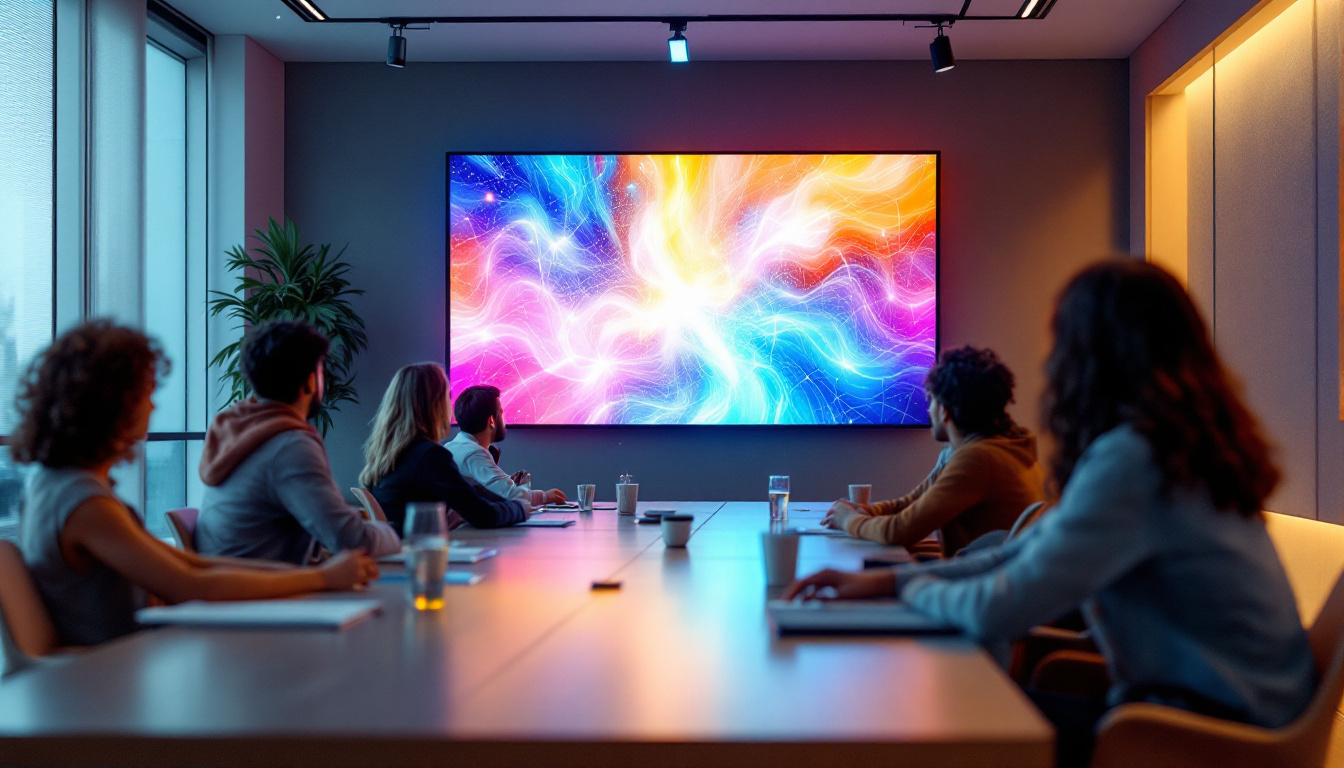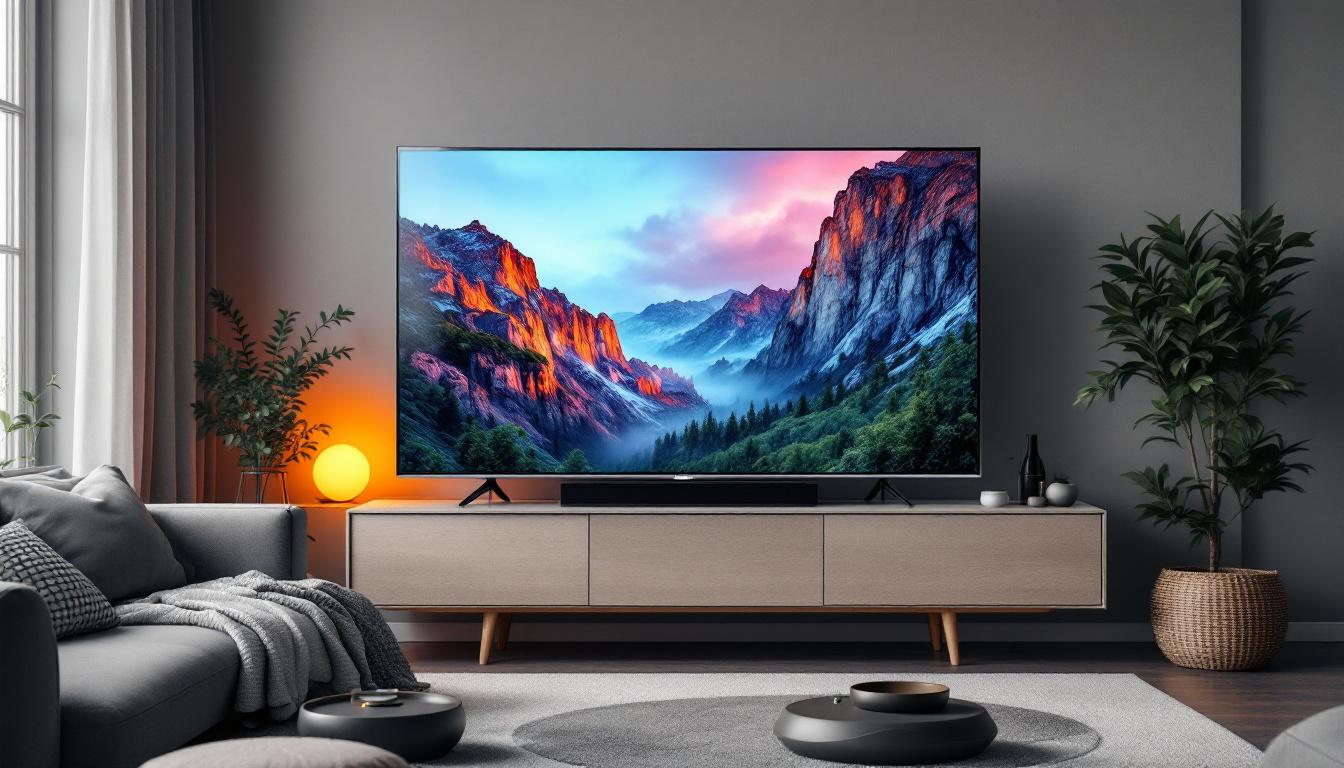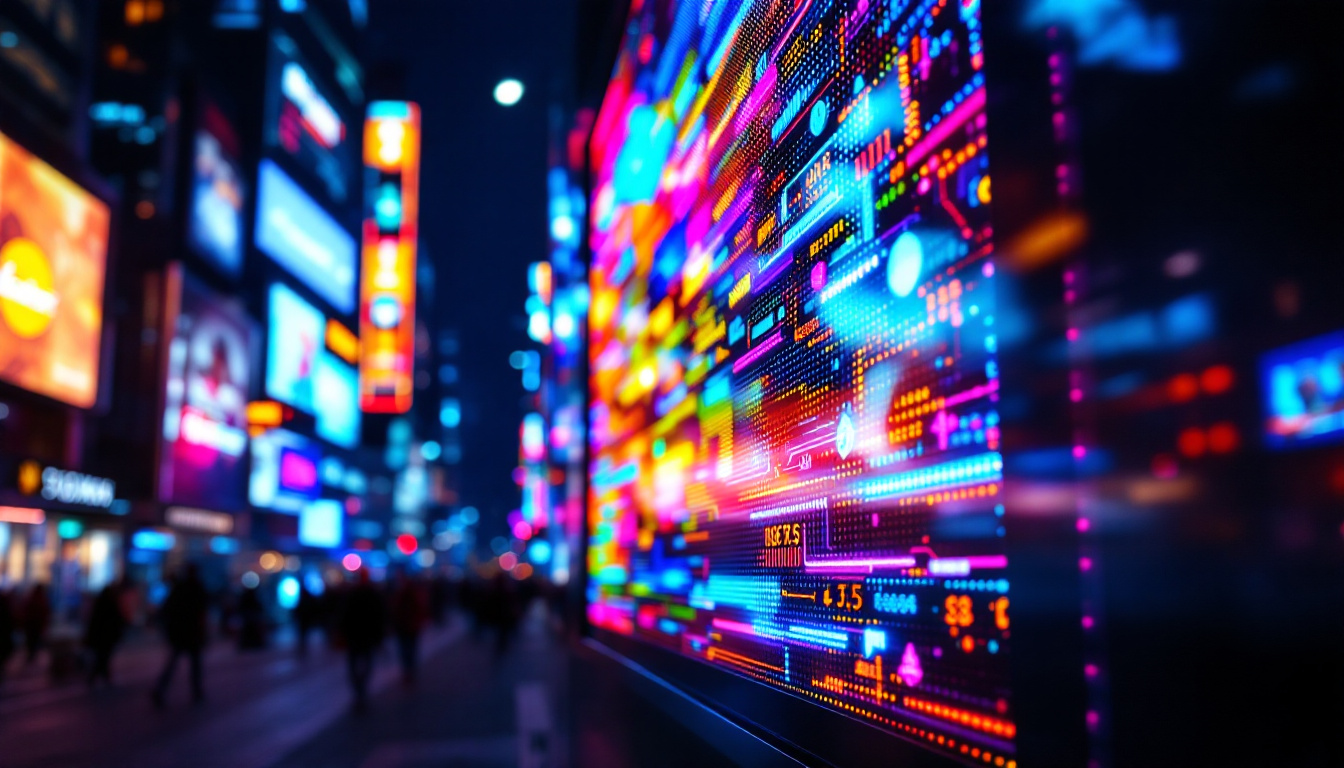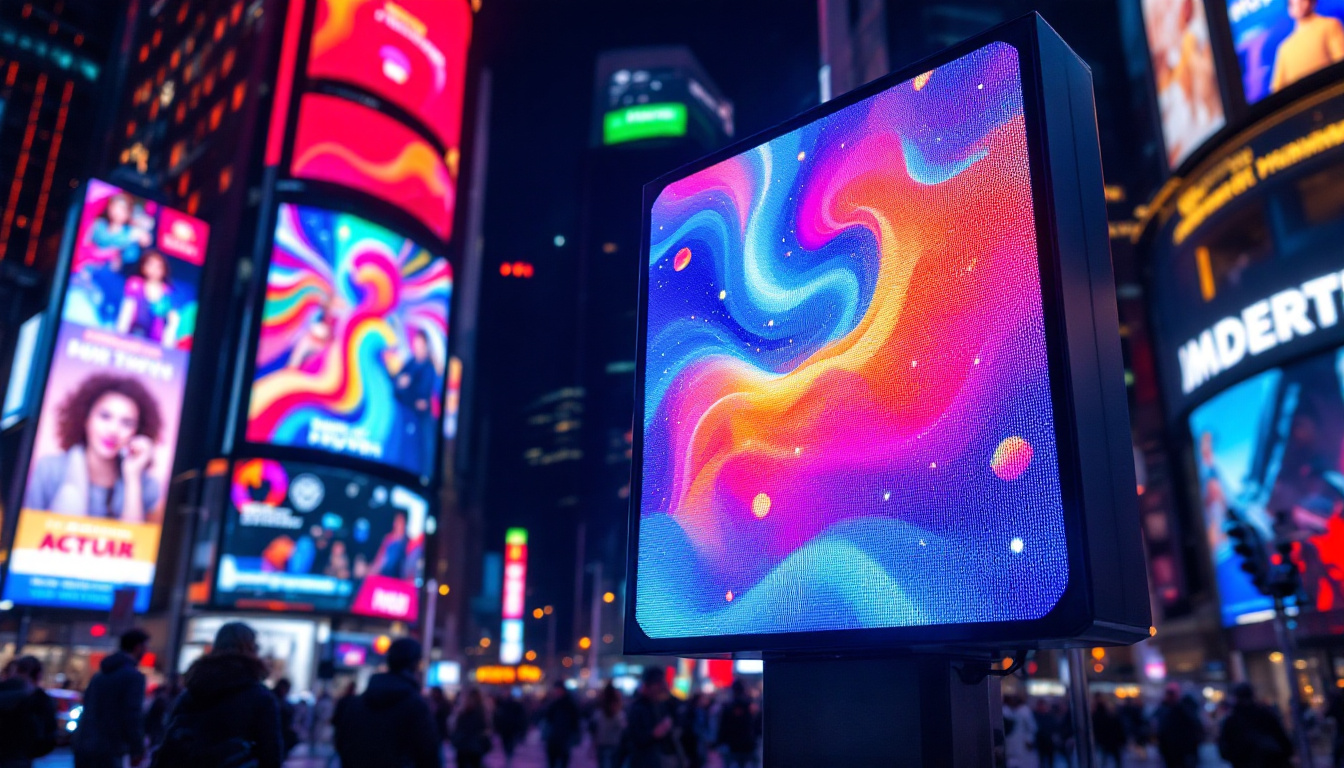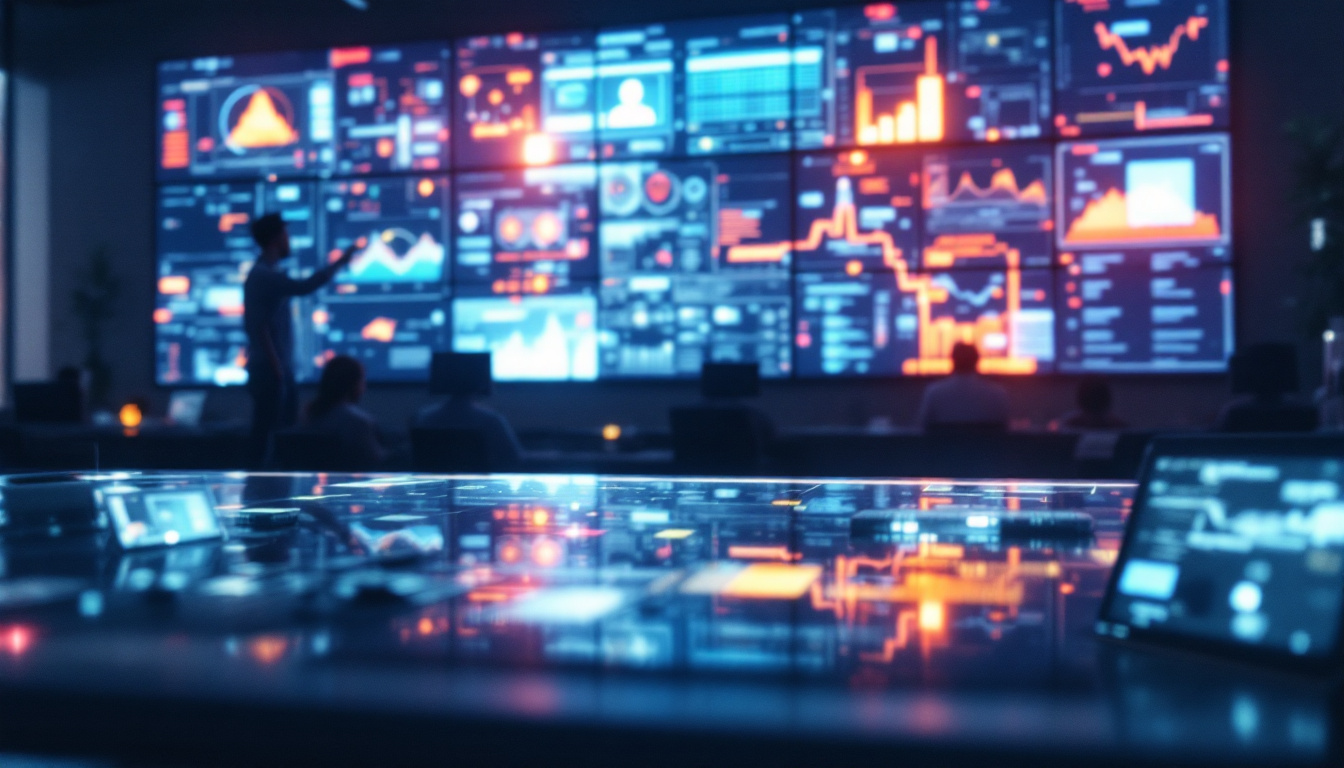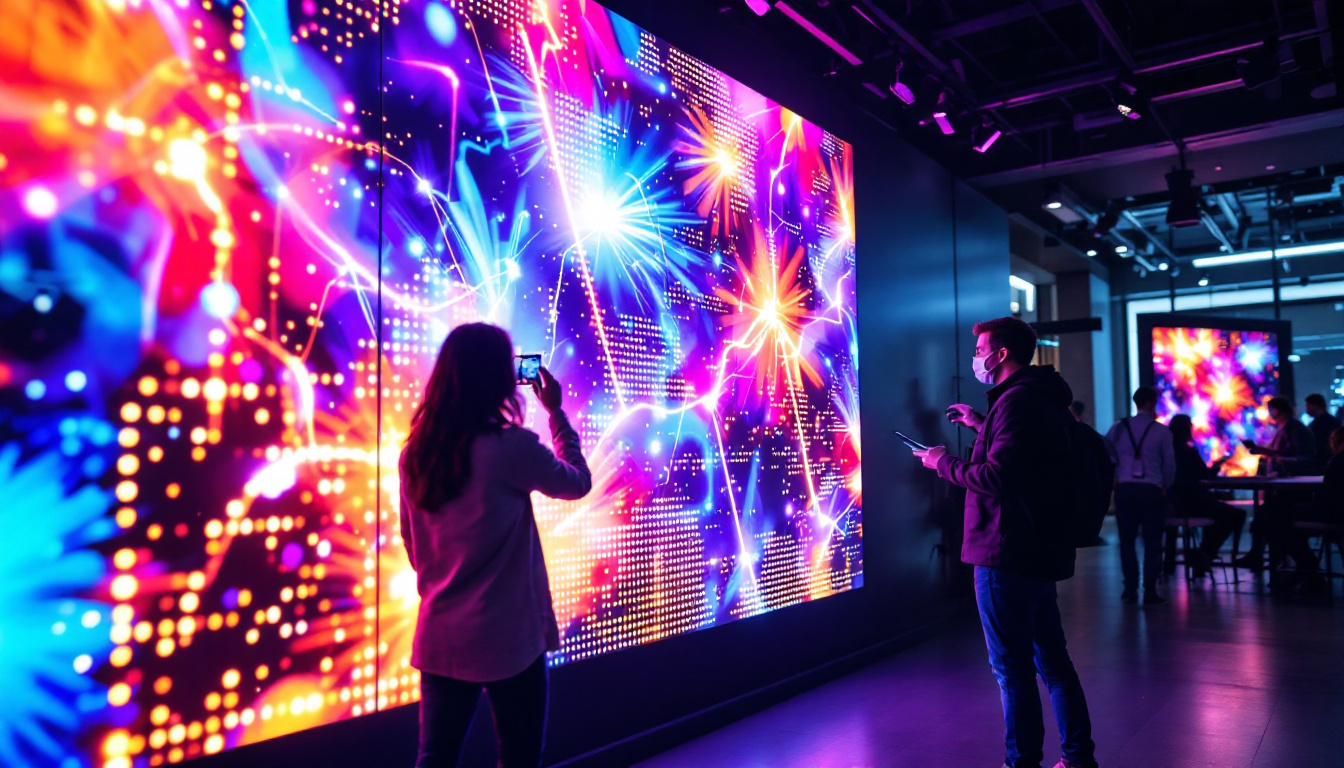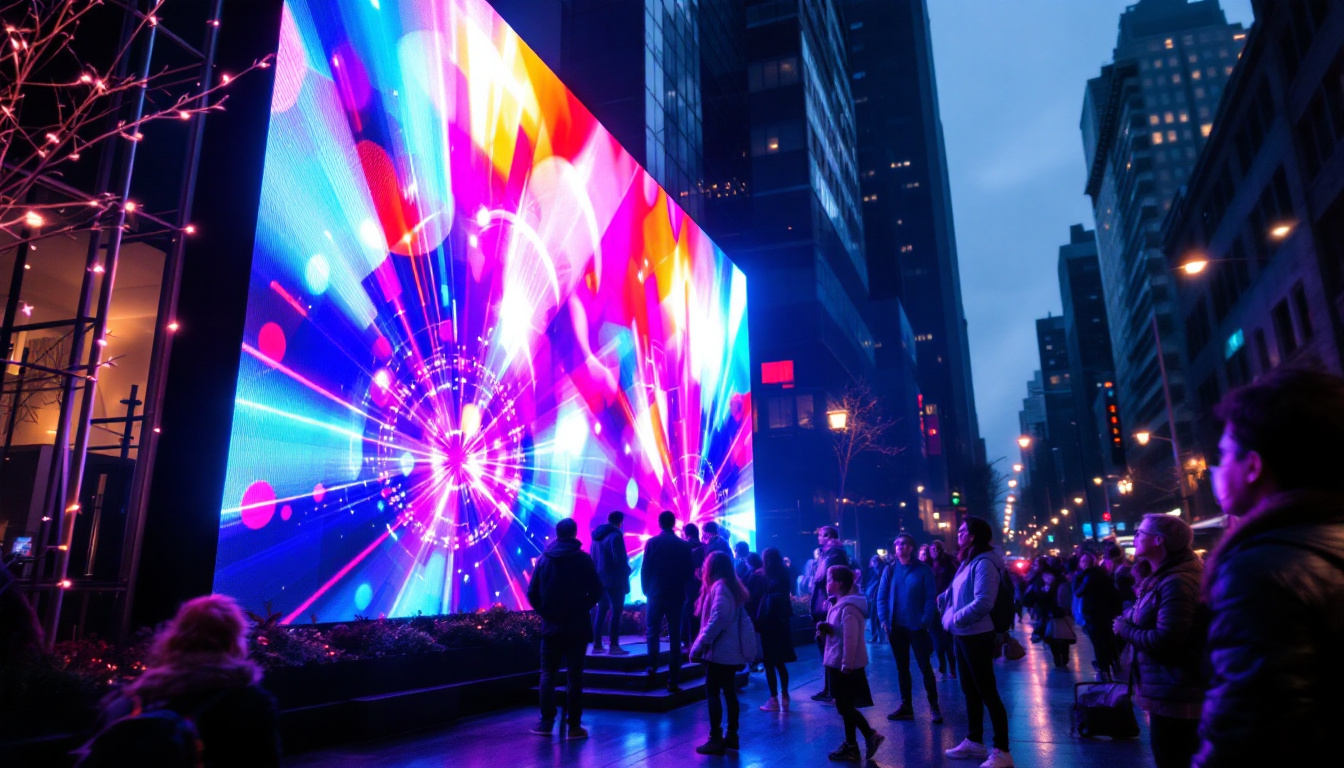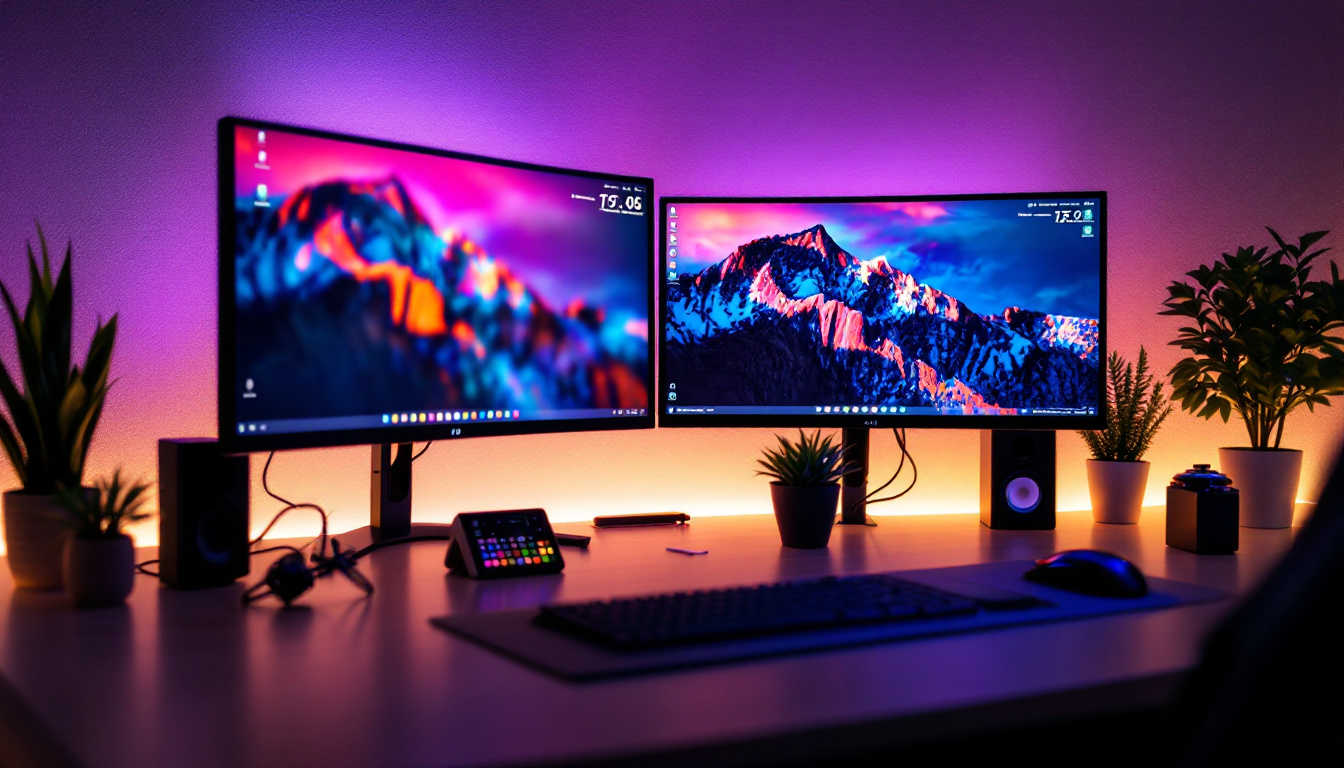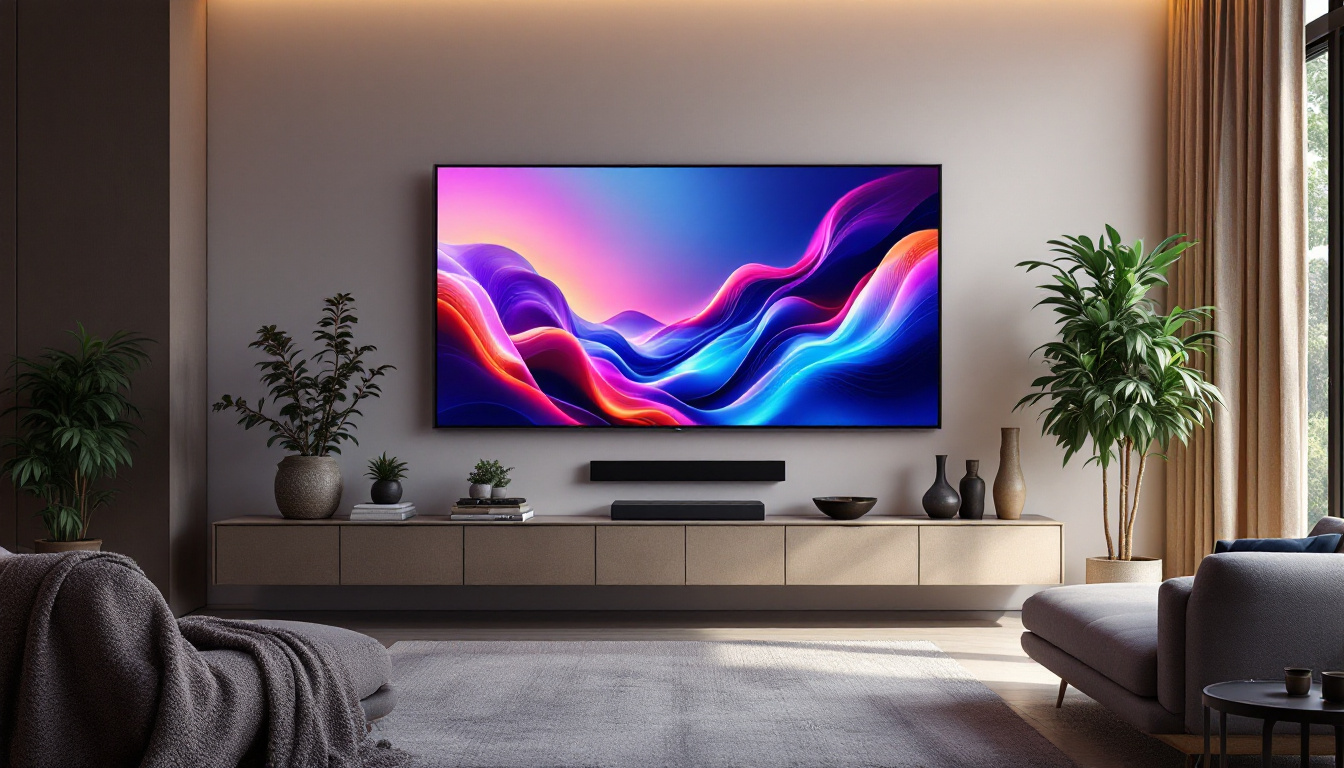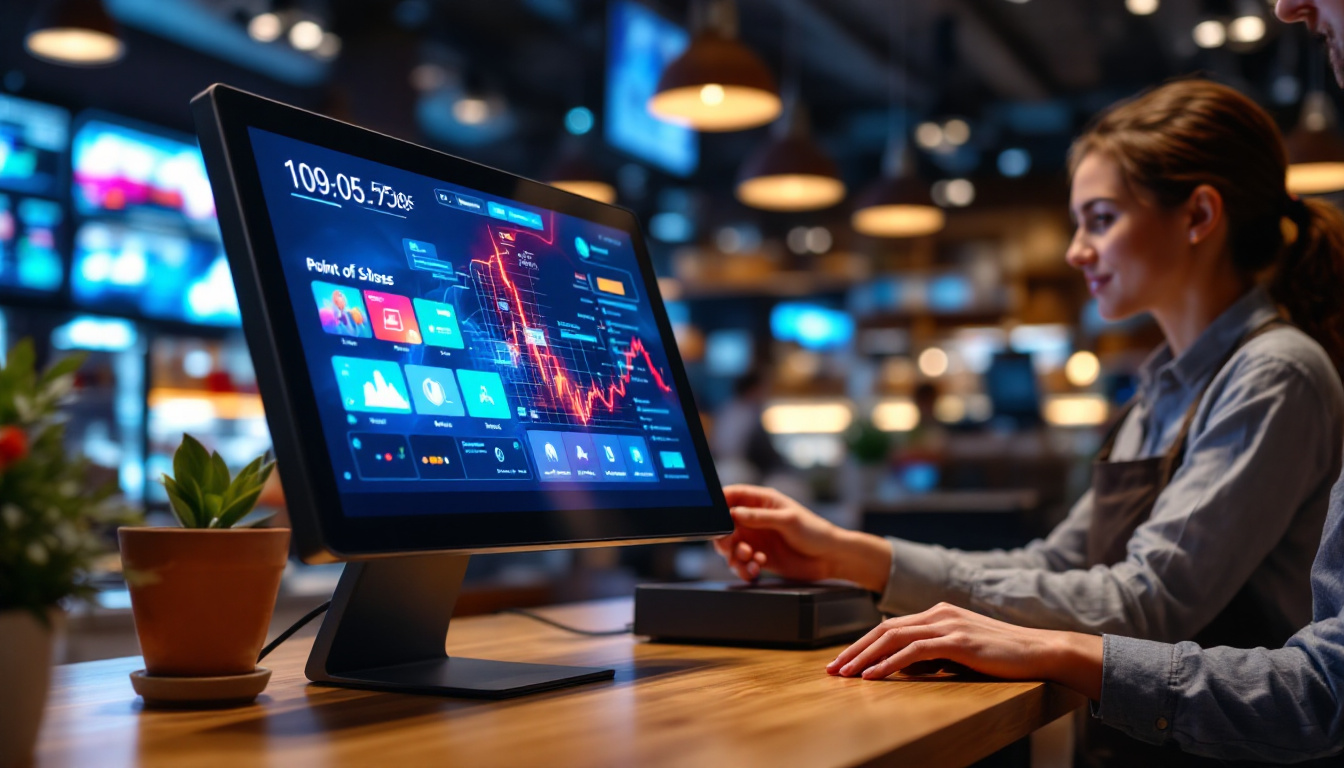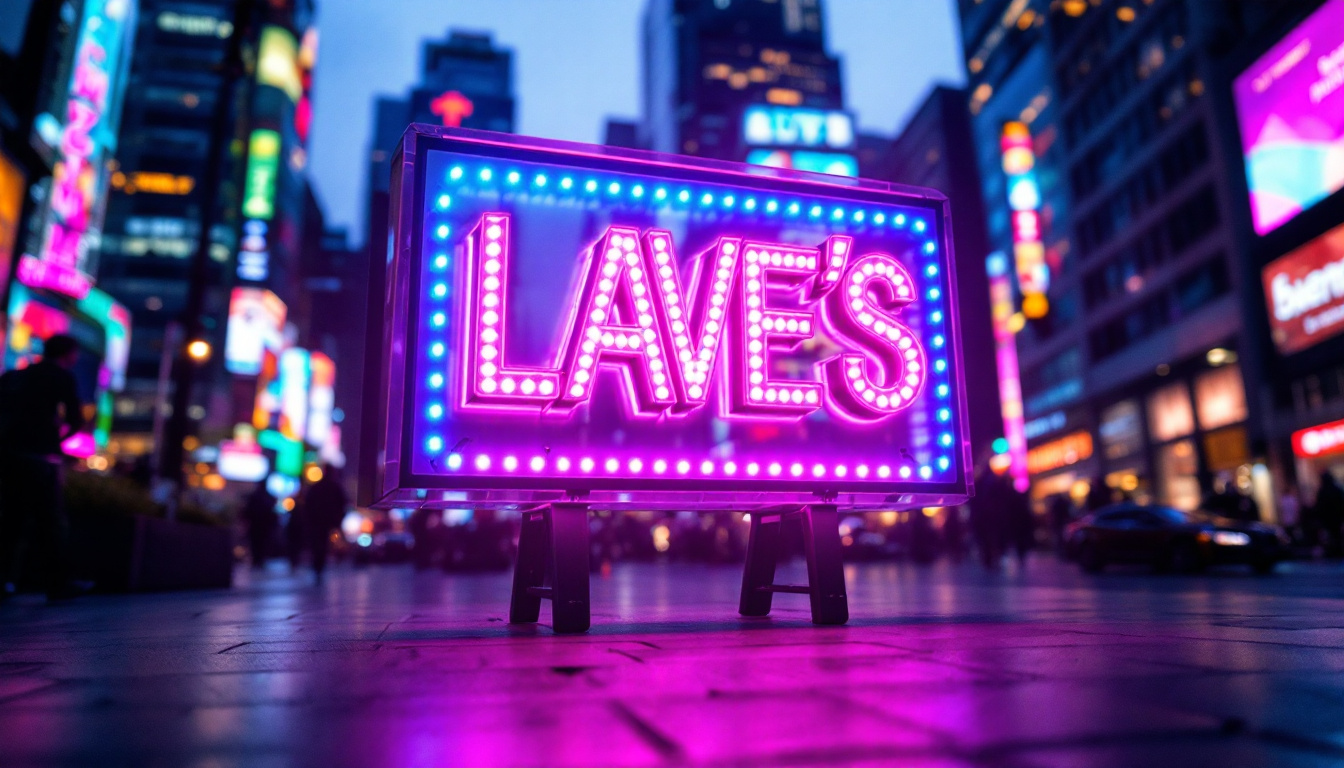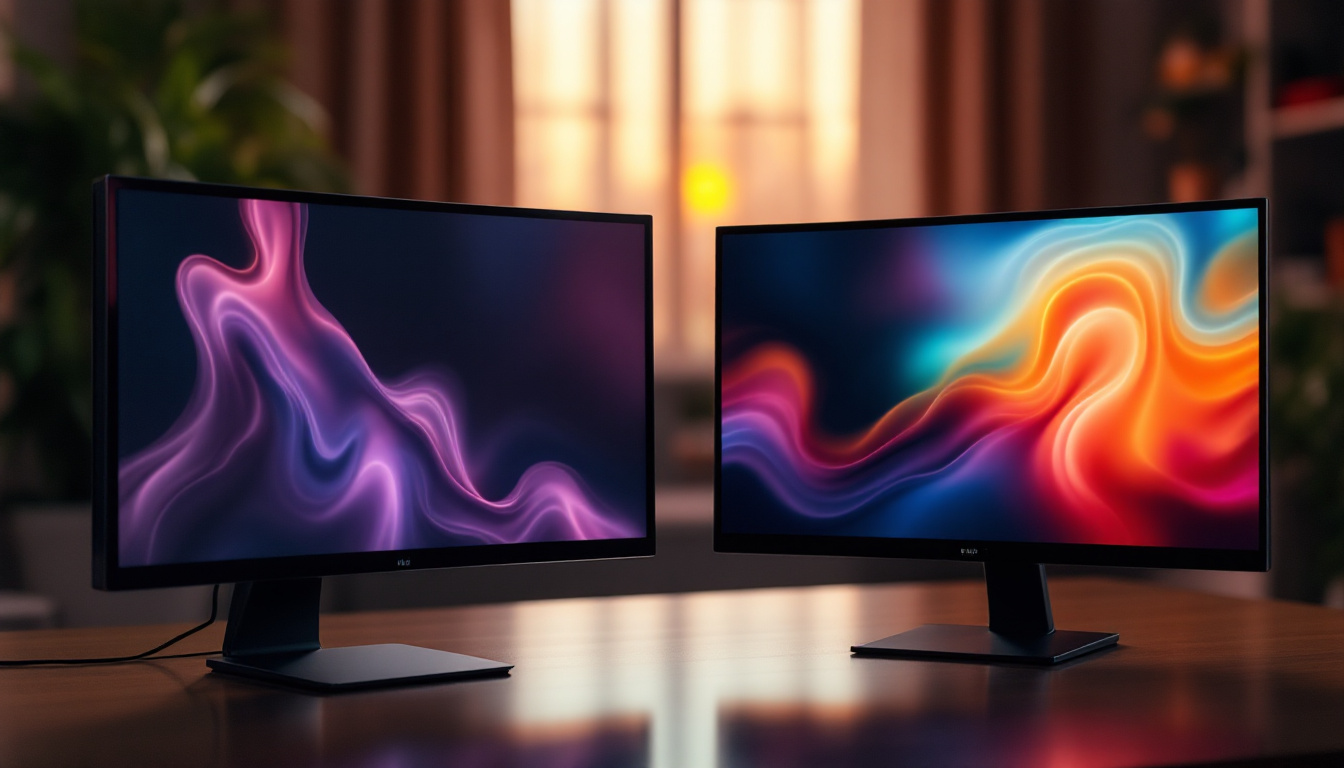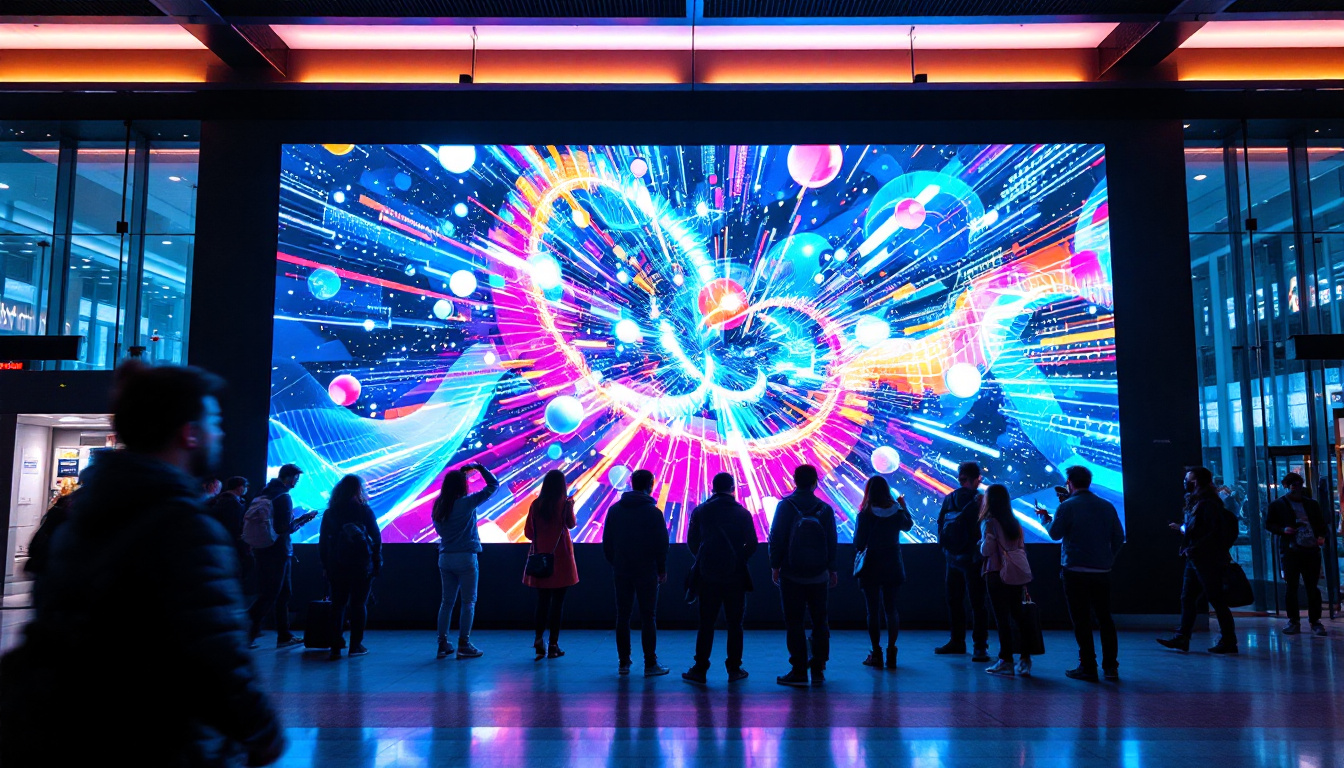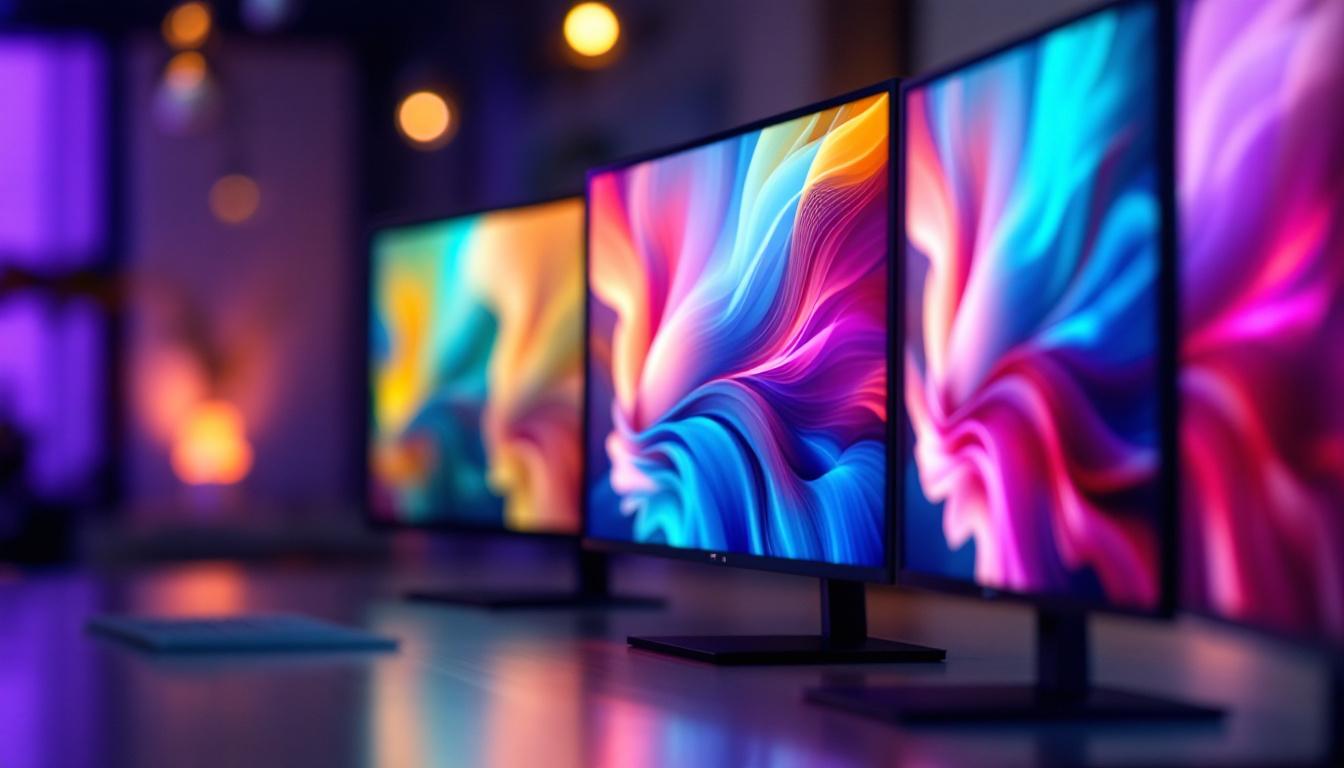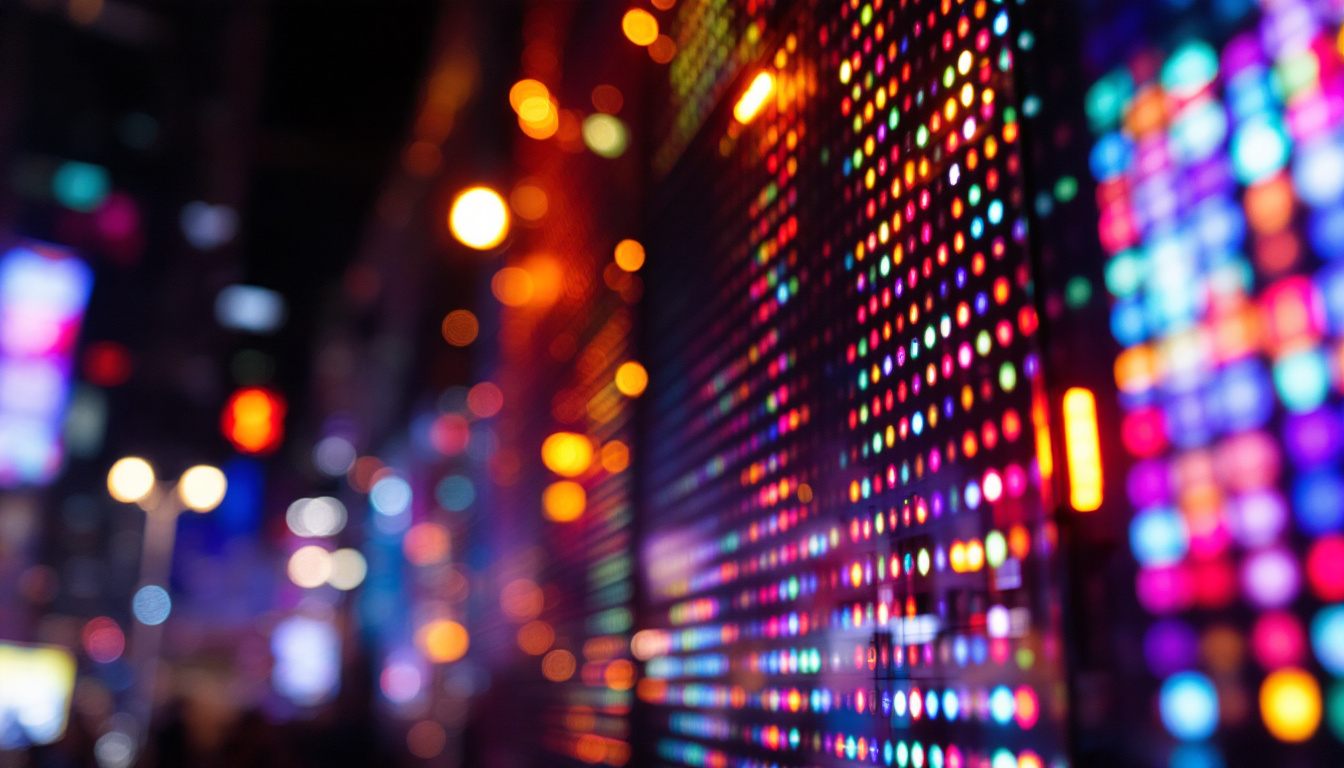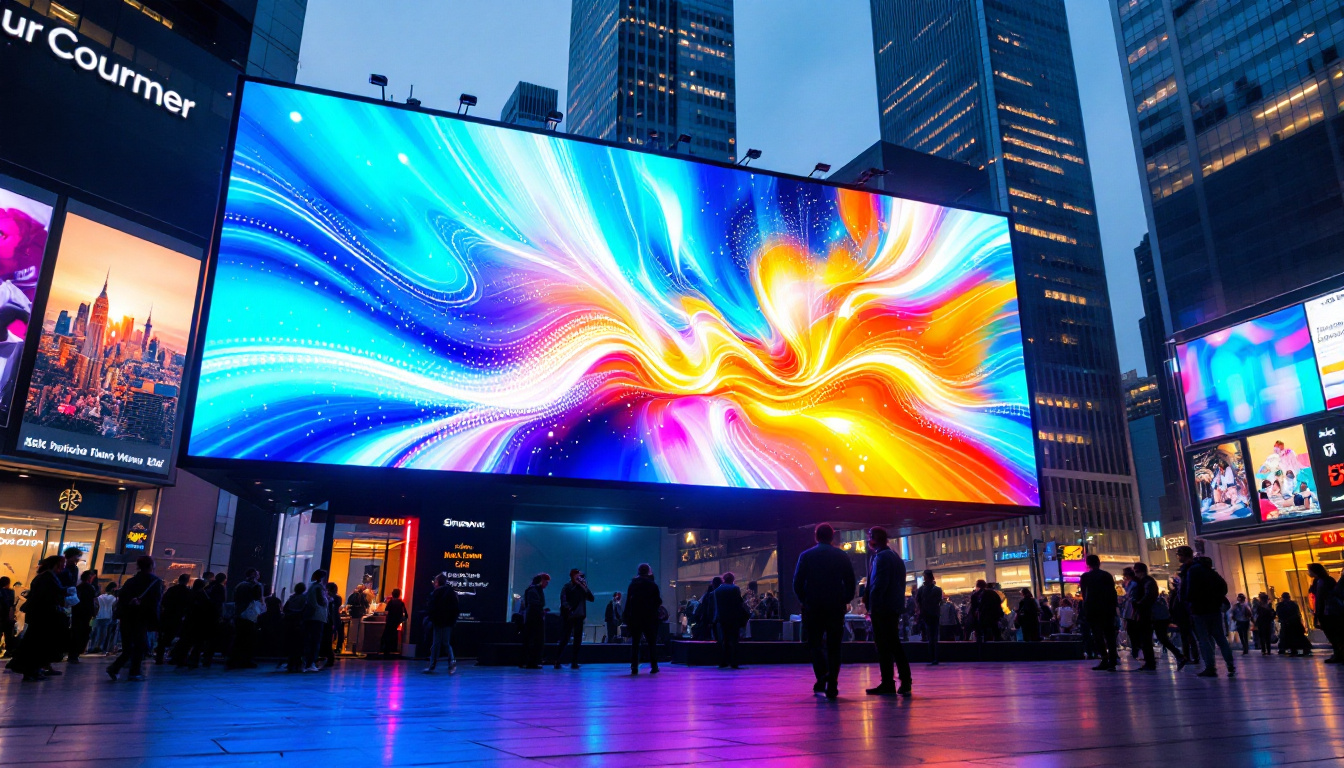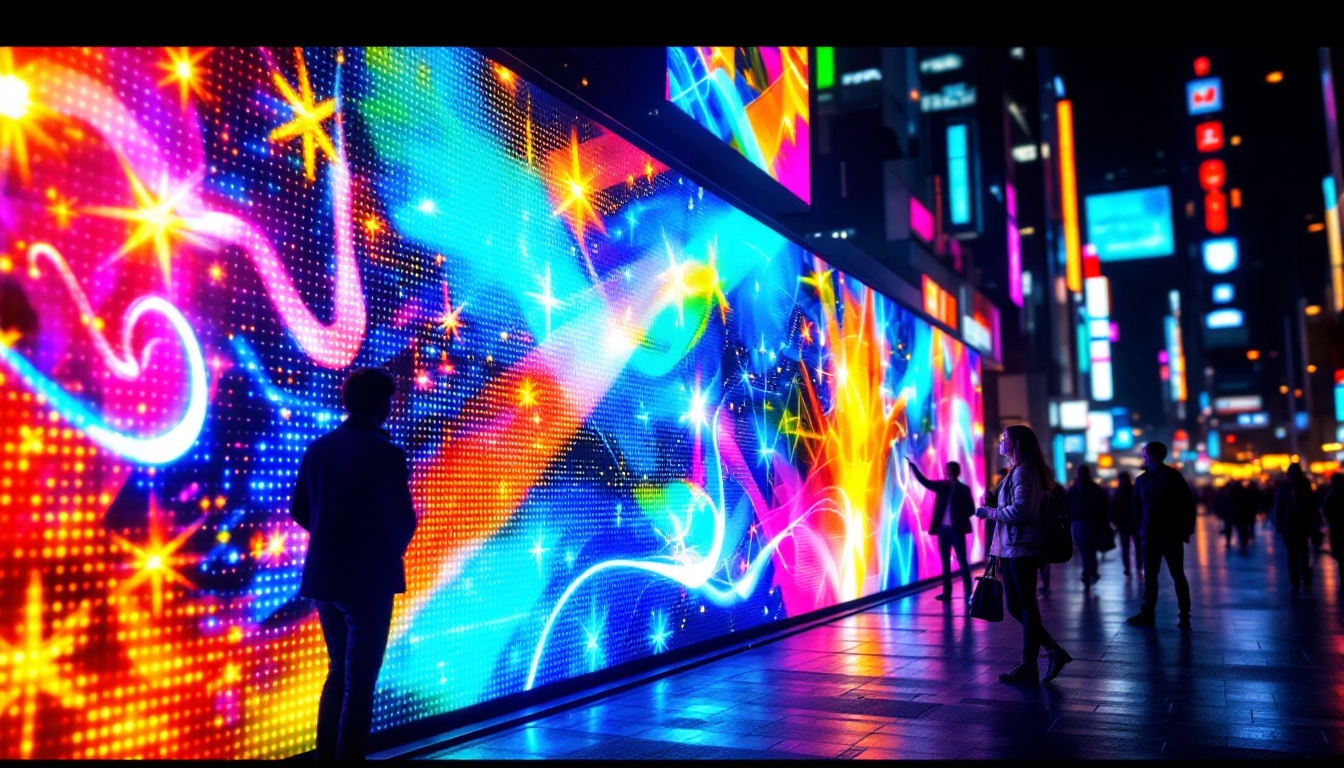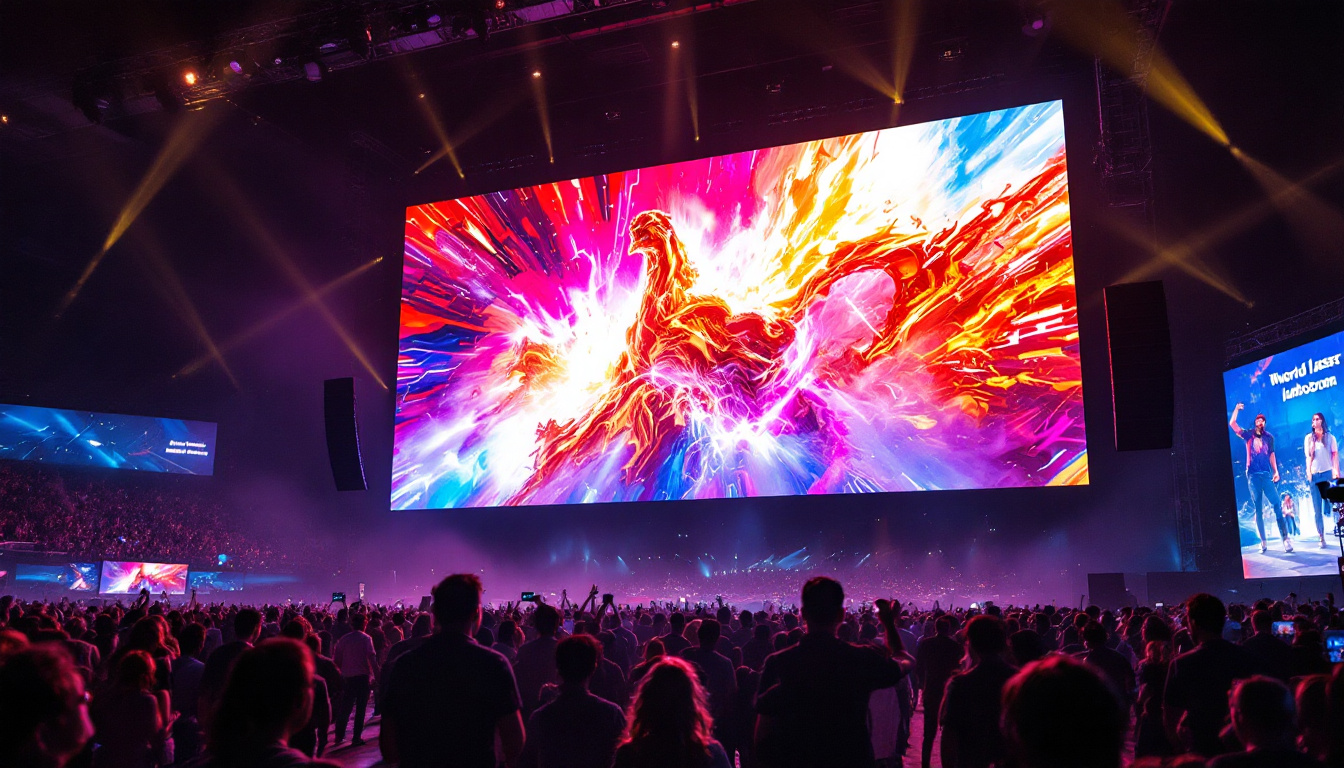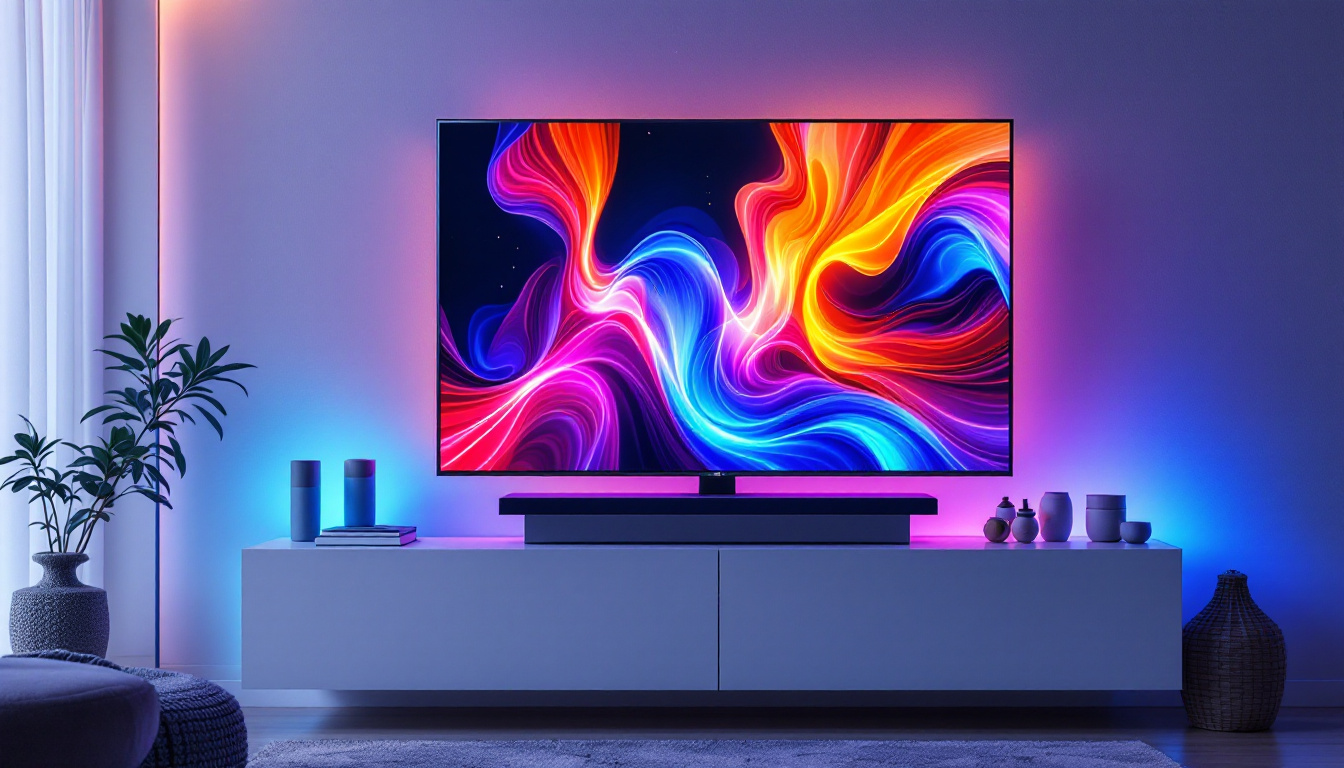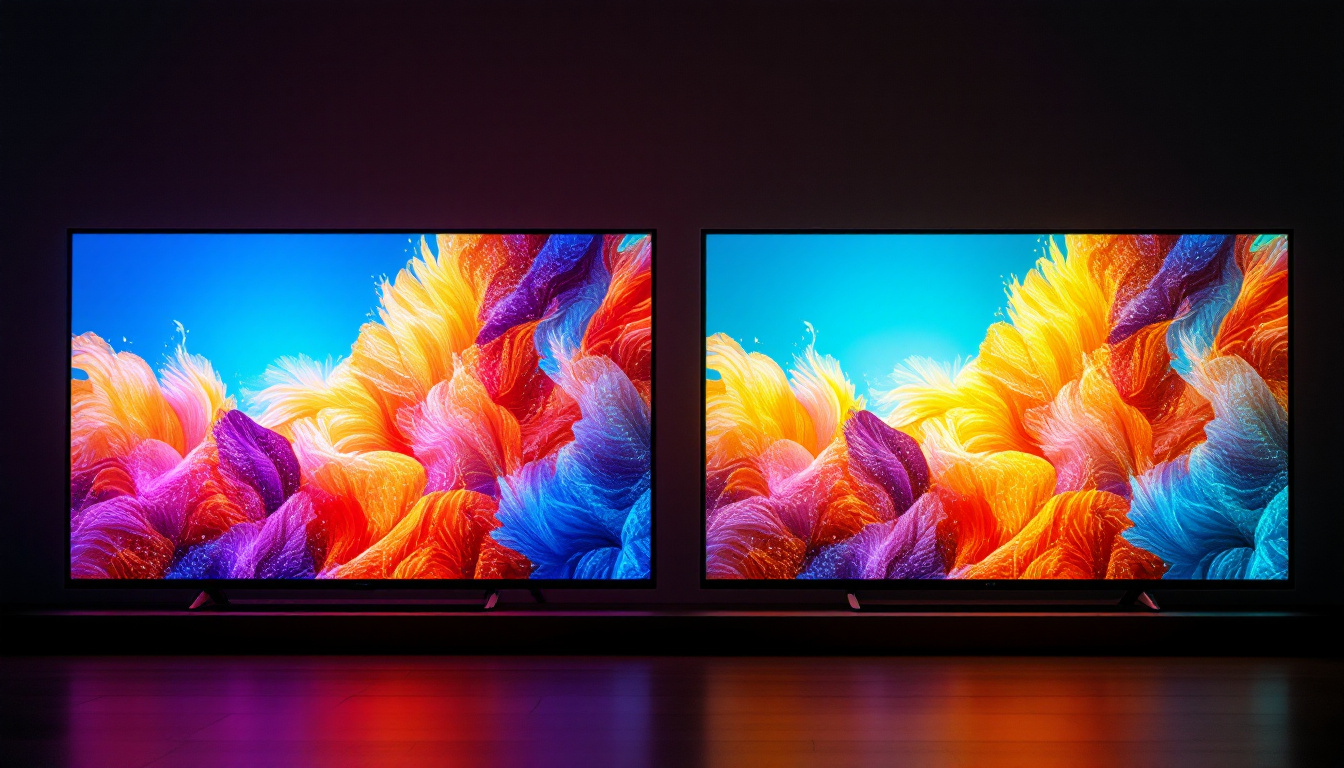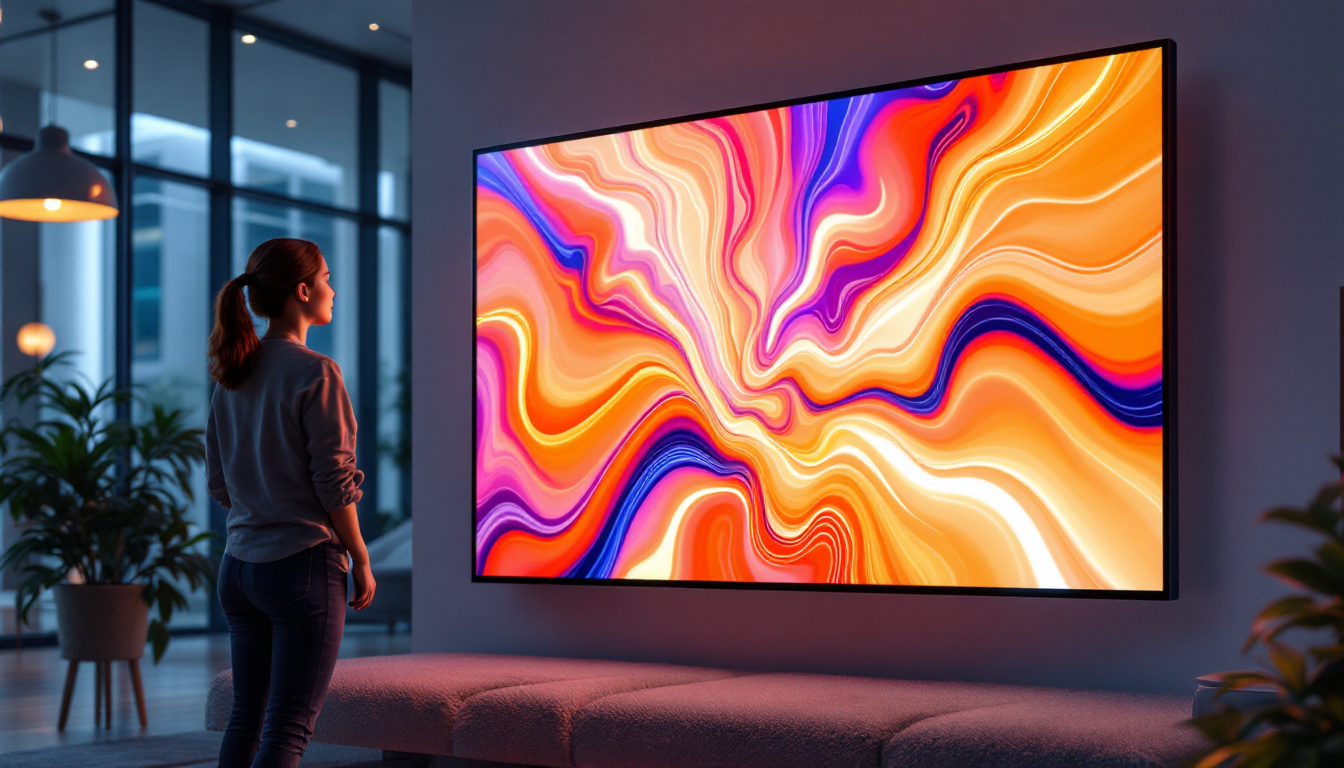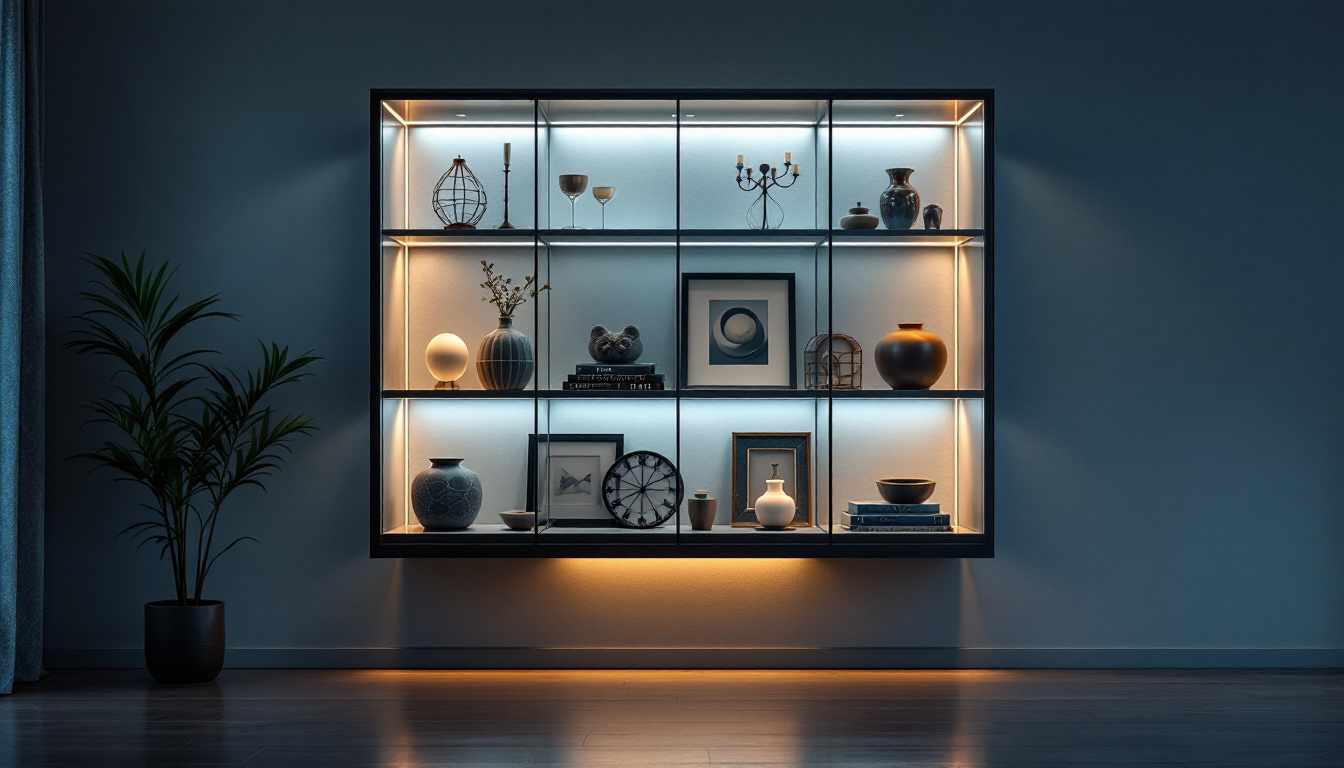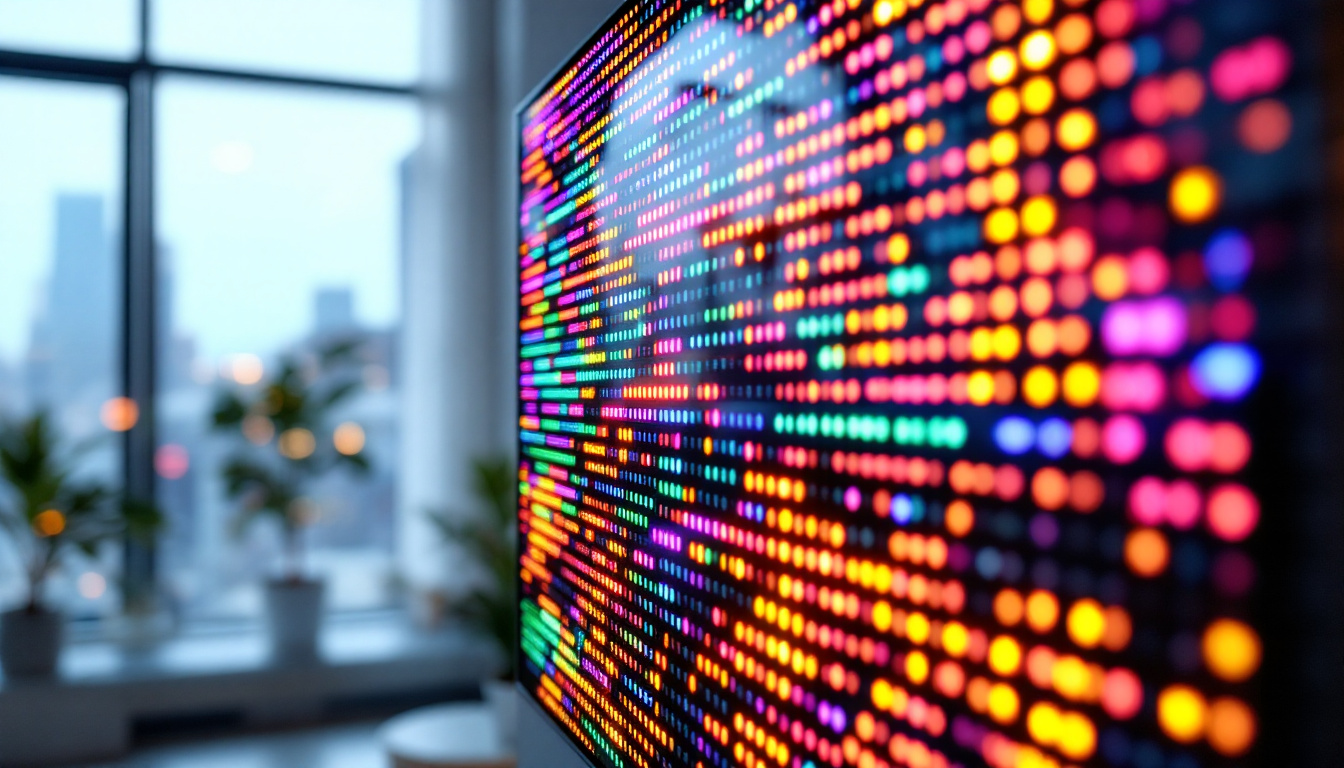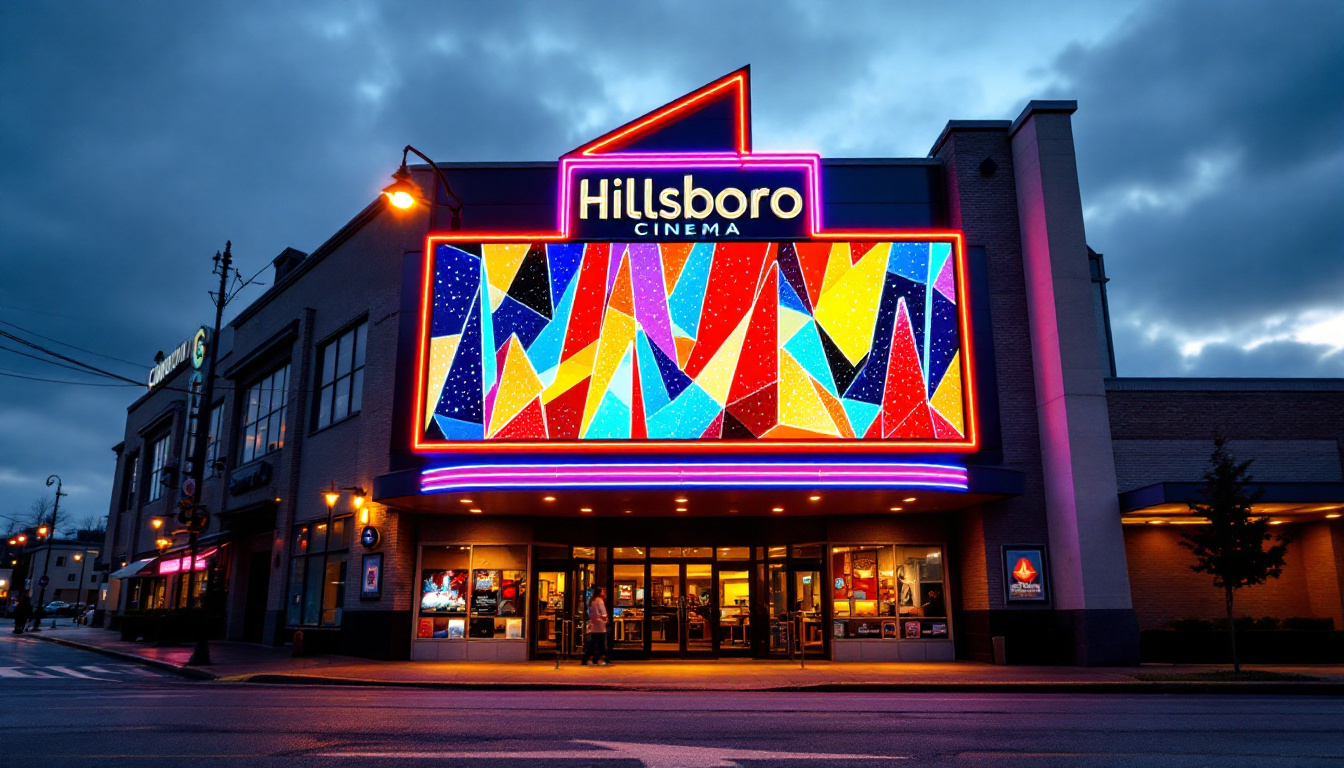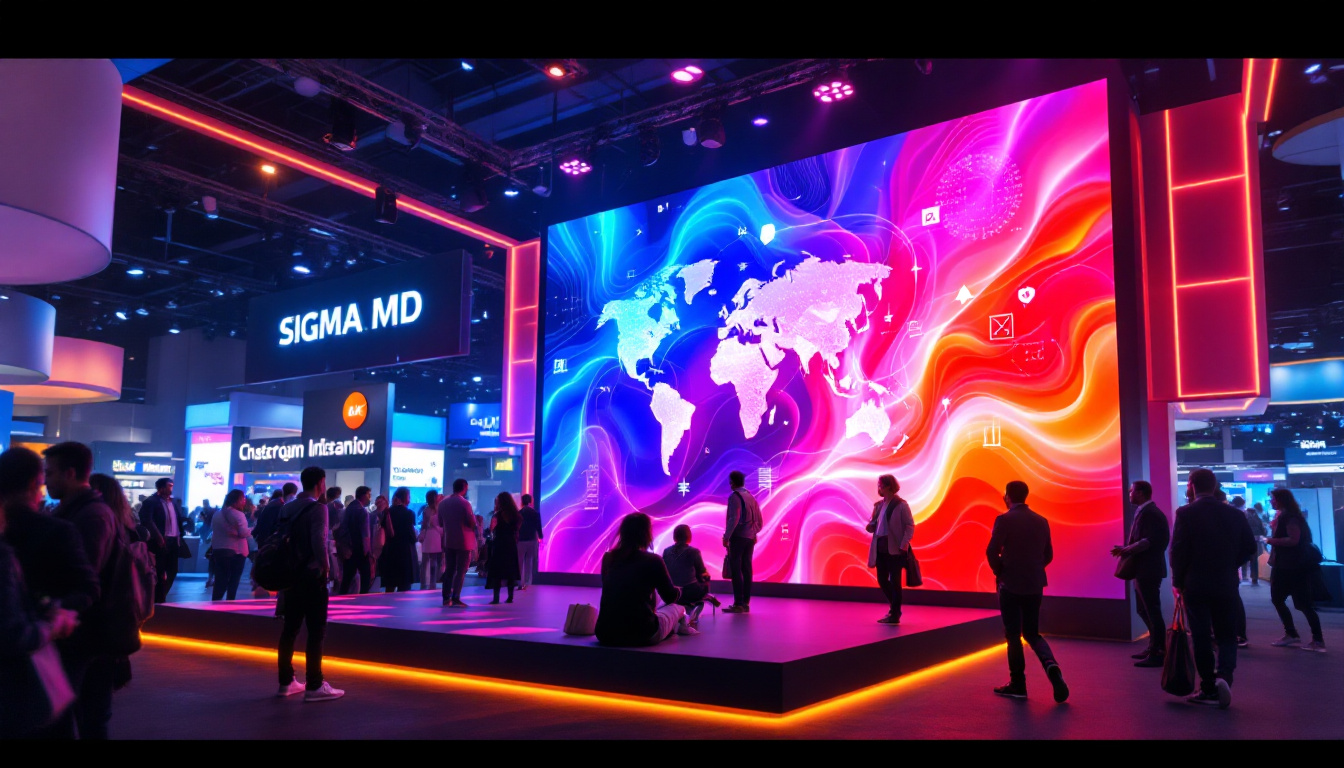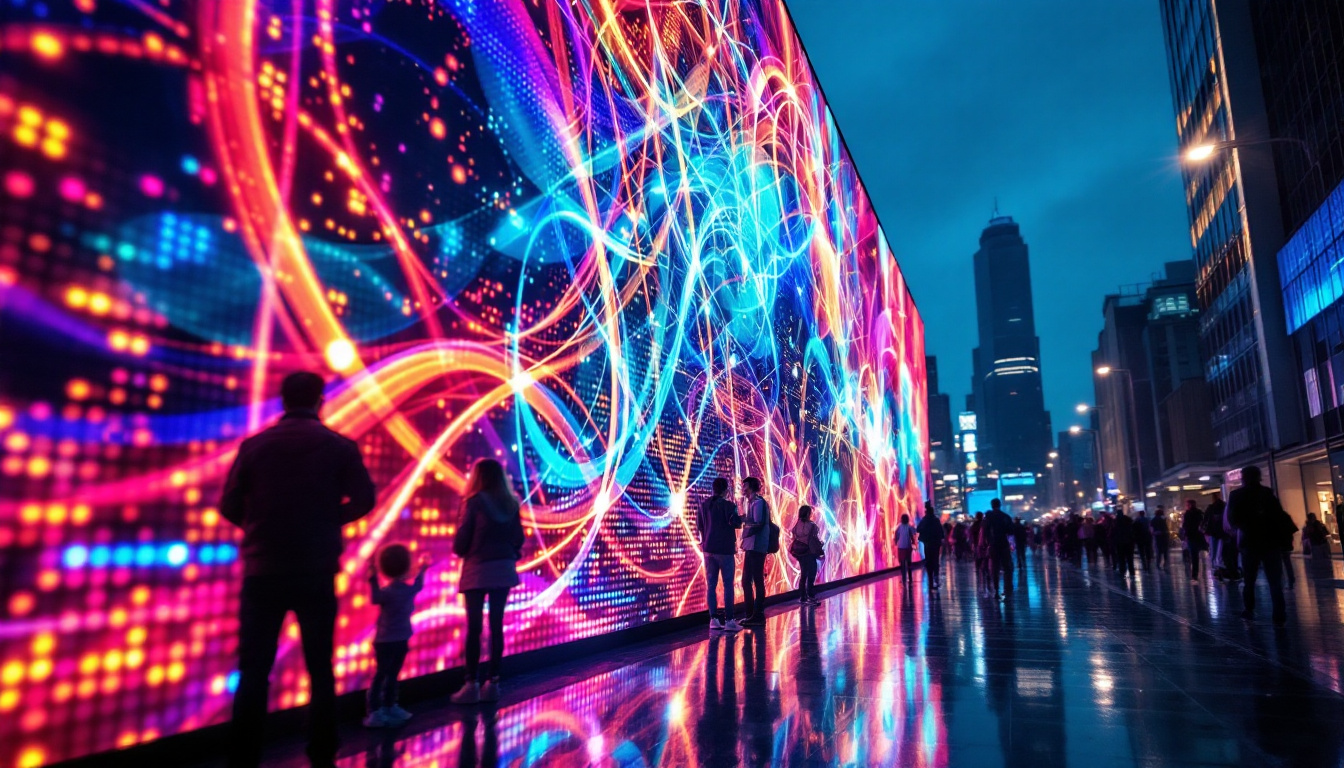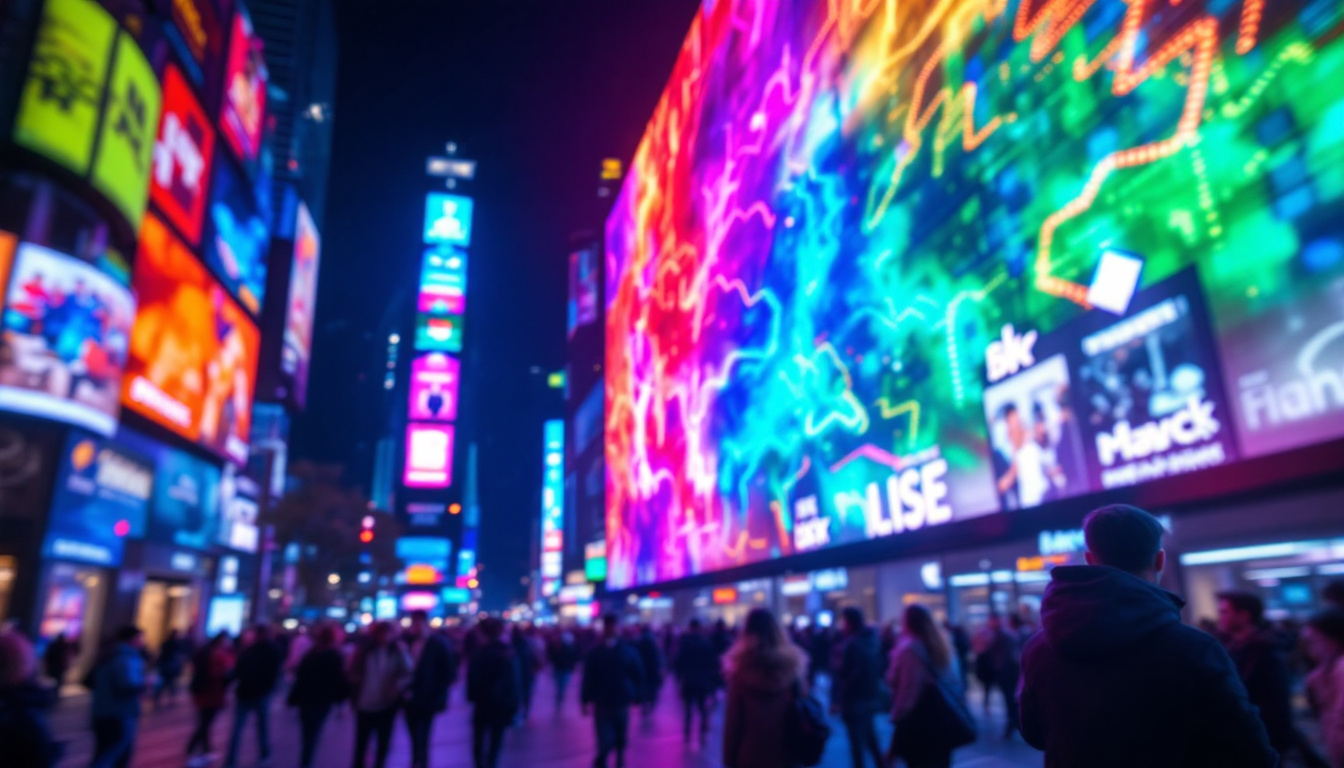In today’s fast-paced business environment, effective communication is key to success. Conference rooms have evolved from simple meeting spaces to high-tech hubs equipped with advanced technology, including LED displays. Understanding how to properly light a conference room with LED displays can significantly enhance presentations, discussions, and collaborative efforts. This article delves into the intricacies of lighting conference rooms, focusing on LED display technology and its impact on the overall meeting experience.
The Importance of Proper Lighting in Conference Rooms
Lighting plays a crucial role in setting the mood and functionality of a conference room. It affects not only the visibility of presentations but also the comfort and productivity of the participants. Poor lighting can lead to eye strain, fatigue, and disengagement, while well-planned lighting can enhance focus and creativity.
Enhancing Visibility and Clarity
One of the primary functions of lighting in a conference room is to ensure that all participants can see the content being presented clearly. LED displays offer high brightness and contrast, but without adequate ambient lighting, the effectiveness of these displays can be compromised.
When the room is too dark, reflections and glare can obscure important details on the screen. Conversely, overly bright lighting can wash out the colors and diminish the quality of the display. Therefore, achieving a balance between ambient and task lighting is essential for optimal visibility.
Moreover, incorporating adjustable lighting systems can further enhance the viewing experience. Dimmable lights allow for quick adjustments based on the specific needs of the presentation or discussion, ensuring that all participants can engage with the material without distraction. This flexibility not only caters to different types of presentations but also accommodates varying preferences among attendees, creating a more inclusive environment.
Creating an Inviting Atmosphere
The atmosphere of a conference room can significantly influence the dynamics of a meeting. A well-lit room that utilizes LED technology can create a welcoming environment that encourages participation. Warm lighting tones can foster a sense of comfort, while cooler tones can promote alertness and focus.
By strategically placing LED lights, it is possible to create zones within the conference room that cater to different activities. For example, softer lighting can be used during brainstorming sessions, while brighter lights may be necessary for formal presentations.
In addition to color temperature, the placement and direction of lighting fixtures can contribute to the overall ambiance. Wall sconces and recessed lighting can provide a gentle wash of light that softens the atmosphere, while focused spotlights can highlight key areas, such as a whiteboard or a presentation screen. This layered approach to lighting design not only enhances the visual appeal of the room but also helps to guide attention and foster a collaborative spirit among participants, making discussions more dynamic and engaging.
Understanding LED Display Technology
LED (Light Emitting Diode) displays have become the standard for modern conference rooms due to their superior performance and versatility. Unlike traditional projection systems, LED displays provide vibrant colors, high resolution, and a wide viewing angle, making them ideal for collaborative environments.
Advantages of LED Displays
LED displays offer several advantages over conventional display technologies. They are energy-efficient, have a longer lifespan, and require less maintenance. Additionally, their ability to display high-definition content makes them suitable for a variety of applications, from video conferencing to interactive presentations.
Moreover, LED displays can be easily integrated with other technologies, such as video conferencing systems and smart boards, enhancing the overall functionality of the conference room. This integration allows for seamless transitions between different types of presentations and collaborative activities.
Choosing the Right LED Display for Your Conference Room
Selecting the appropriate LED display for a conference room involves considering several factors, including room size, layout, and intended use. Larger rooms may require bigger displays or multiple screens to ensure visibility from all angles, while smaller spaces might benefit from compact, high-resolution displays.
Additionally, it is essential to consider the resolution and brightness of the display. Higher resolution displays provide clearer images and text, which is particularly important for detailed presentations. Brightness levels should also be evaluated based on the room’s natural lighting conditions to prevent glare and ensure optimal visibility.
Lighting Strategies for LED Displays
When lighting a conference room equipped with LED displays, specific strategies can be employed to maximize the effectiveness of both the lighting and the display technology. These strategies focus on achieving the right balance between ambient, task, and accent lighting.
Ambient Lighting
Ambient lighting serves as the primary light source in a conference room, providing overall illumination. It should be evenly distributed to avoid harsh shadows and bright spots. LED panel lights or recessed lighting can be effective choices for ambient lighting, as they provide a soft, diffused glow that enhances visibility without overwhelming the senses.
It is also beneficial to incorporate dimmable lighting options, allowing for adjustments based on the specific needs of the meeting. This flexibility can help create a comfortable environment, whether for a formal presentation or a casual brainstorming session.
Task Lighting
Task lighting is focused lighting that illuminates specific areas where activities take place, such as the presentation area or individual workspaces. In a conference room, this can be achieved through adjustable LED spotlights or desk lamps. Task lighting should be bright enough to ensure clarity without causing glare on the LED display.
When using task lighting, it is vital to position the lights strategically to minimize reflections on the display. This can involve angling the lights away from the screen or using shades to direct the light where it is needed most.
Accent Lighting
Accent lighting can be used to highlight specific features within the conference room, such as artwork or architectural elements. While not essential for functionality, accent lighting can enhance the overall aesthetic of the space and contribute to a more engaging environment.
LED strip lights or wall-mounted fixtures can be effective for accent lighting, providing a modern touch without overwhelming the primary lighting scheme. This type of lighting can also be adjusted to match the mood of the meeting, adding a layer of versatility to the room’s atmosphere.
Controlling Lighting for Optimal Performance
Effective lighting control is essential for maximizing the benefits of LED displays in a conference room. Implementing smart lighting solutions can allow for greater flexibility and customization, ensuring that the lighting can be adjusted according to the specific needs of each meeting.
Smart Lighting Systems
Smart lighting systems enable users to control the intensity and color of the lights through centralized controls or mobile applications. These systems can be programmed to create specific lighting scenarios for different types of meetings, making it easy to switch between settings with the touch of a button.
Additionally, smart lighting can be integrated with other technologies in the conference room, such as audio-visual systems and video conferencing tools. This integration allows for a more cohesive experience, where lighting, sound, and visuals work together seamlessly to enhance the meeting experience.
Natural Light Considerations
Natural light can be a significant asset in a conference room, providing a refreshing atmosphere and reducing reliance on artificial lighting. However, it is essential to manage natural light effectively to prevent glare on LED displays.
Window treatments, such as shades or blinds, can be used to control the amount of natural light entering the room. This allows for a balance between utilizing natural light and maintaining optimal visibility on the LED display. Additionally, positioning the display away from direct sunlight can help minimize glare and reflections.
Best Practices for Lighting Conference Rooms with LED Displays
Implementing best practices when lighting conference rooms with LED displays can lead to a more productive and enjoyable meeting experience. These practices focus on creating a harmonious balance between lighting and technology, ensuring that all participants can engage effectively.
Conducting Lighting Assessments
Before finalizing the lighting design for a conference room, conducting a thorough lighting assessment is crucial. This involves evaluating the room’s layout, existing lighting conditions, and the specific needs of the users.
By understanding how light interacts with the space, adjustments can be made to optimize both the lighting and the LED display. This assessment should include testing different lighting scenarios to determine the best configurations for various types of meetings.
Regular Maintenance and Updates
Regular maintenance of both the lighting and LED display systems is essential for ensuring long-term performance. This includes cleaning LED displays to prevent dust and fingerprints from affecting visibility, as well as checking and replacing any burnt-out bulbs in the lighting fixtures.
Additionally, keeping up with advancements in LED technology and lighting solutions can help maintain the conference room’s functionality. Upgrading to newer systems can enhance performance and provide additional features that improve the overall meeting experience.
Conclusion
Lighting a conference room equipped with LED displays is a multifaceted process that requires careful consideration of various factors, including ambient, task, and accent lighting. By understanding the importance of proper lighting and leveraging the advantages of LED technology, organizations can create an environment that fosters collaboration and productivity.
Implementing smart lighting solutions, conducting thorough assessments, and adhering to best practices can significantly enhance the effectiveness of meetings. As technology continues to evolve, staying informed about the latest advancements in lighting and display technology will ensure that conference rooms remain dynamic and engaging spaces for collaboration.
In conclusion, the integration of effective lighting strategies with LED display technology is essential for creating a conference room that not only meets the functional needs of its users but also enhances the overall experience. By prioritizing lighting design, organizations can transform their conference rooms into vibrant spaces that inspire creativity and drive successful outcomes.
Discover LumenMatrix LED Display Solutions
Ready to elevate your conference room with the latest in LED display technology? LumenMatrix is at the forefront of creating immersive visual experiences that transform your meetings and presentations. Explore our comprehensive range of LED display solutions, including Indoor and Outdoor LED Wall Displays, Vehicle LED Displays, LED Poster Displays, LED Sports Displays, Floor LED Displays, Custom LED Displays, All-in-One LED Displays, and LED Transparent Displays. Embrace the future of visual communication with LumenMatrix and ensure your message resonates with clarity and impact. Check out LumenMatrix LED Display Solutions today and redefine the way you connect and collaborate.

